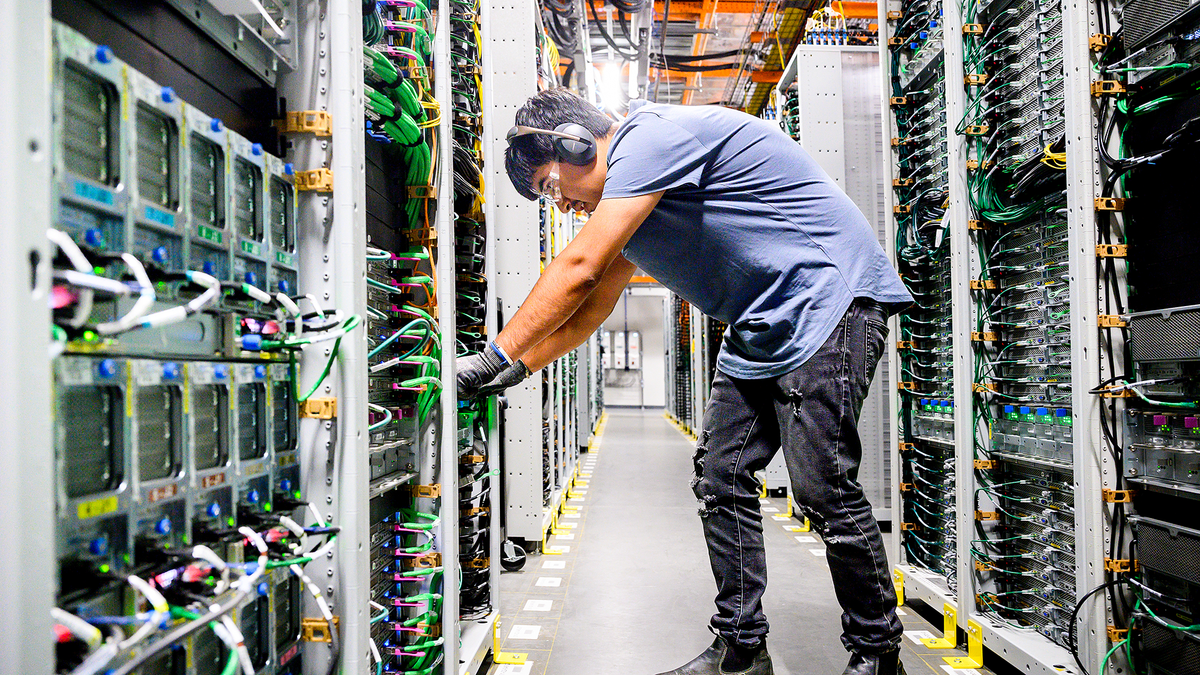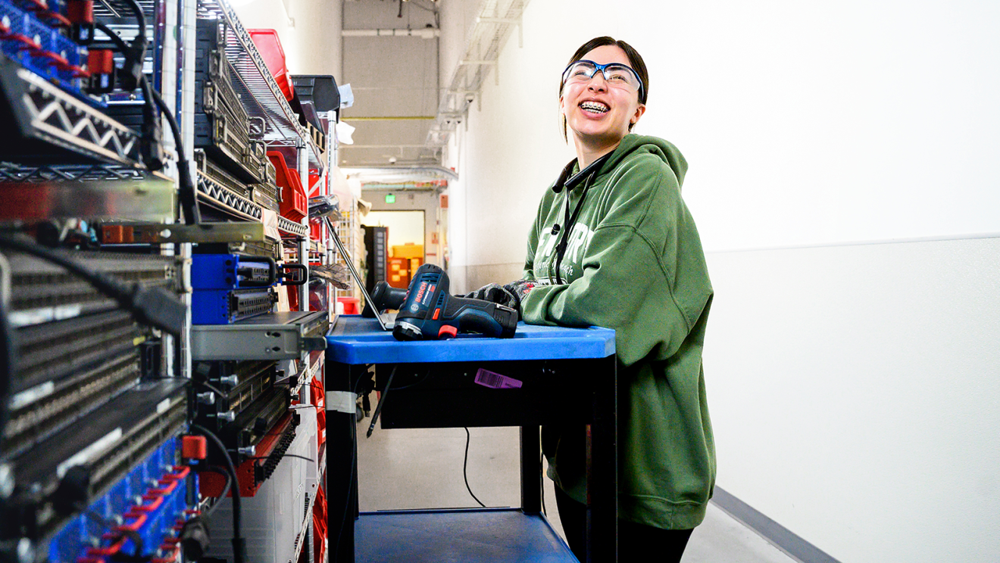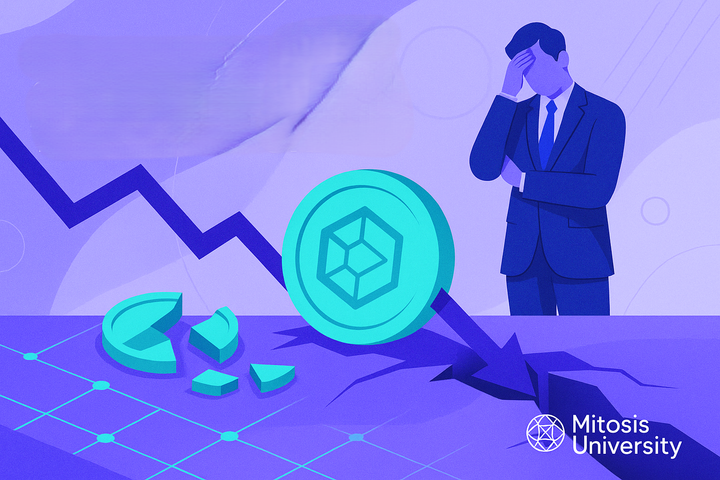Amazon’s $10B AI and Cloud Investment in North Carolina

Amazon recently announced a massive $10 billion investment to build new data centers and AI infrastructure in North Carolina. These new facilities an “innovation campus” in Richmond County east of Charlotte will house rows of computer servers, data storage devices, and networking equipment used to run cloud services and generative AI workloads. This project is one of the largest capital investments in North Carolina’s history, reflecting how critical AI and cloud computing have become. Such data centers serve as the engine rooms of the internet: they power websites, apps, and AI models by handling massive computations and data storage.
In practical terms, Amazon’s expansion will strengthen North Carolina’s tech hub status and create a huge boost in local jobs. The company expects 500 new high-skilled technical jobs from data center engineers to network specialists – as well as thousands more jobs in construction and the supply chain. For perspective, Amazon has already invested $12 billion in North Carolina since 2010, supporting 24,000 direct jobs plus 26,000 indirect jobs in the state. State leaders note this new $10B project is among the biggest in NC history. Overall, Amazon’s move highlights how generative AI is driving up demand for cloud infrastructure, meaning more data centers and more compute power are needed.
How Cloud Data Centers Power AI
What exactly happens in these data centers? Each campus is essentially a large warehouse filled with rack-mounted servers and specialized hardware. Amazon’s announcement makes it clear: the campus will include “computer servers, data storage drives, networking equipment, and other forms of technology infrastructure used to power cloud computing capabilities and generative AI technologies”. In other words, these facilities will be full of powerful computers and storage systems working together to train AI models, serve customer data, and run web services.
Think of a data center as a central brain for cloud services. When you use an AI application (like a chatbot or image generator), your request is sent to one of these centers, where thousands of computers work in parallel to process the request. Because AI models require huge amounts of computation and data, Amazon and other tech companies are expanding their physical infrastructure. It’s a bit like how blockchains need more nodes to scale; cloud providers need more data centers to meet AI demand. For more on how AI needs specialized hardware and data pipelines.
These centers also use advanced cooling and networking. Each server can be thought of as a mini-computer, and they’re often stacked in dense arrangements. To make all this clear, here’s an image of an AWS data center technician checking the hardware – this work helps keep AI services running smoothl.
With this investment, Amazon is beefing up its “AI infrastructure” – essentially the hardware layer that makes services like AWS’s machine-learning tools possible. In fact, Amazon’s own executives have pointed out that “Generative AI is driving increased demand for advanced cloud infrastructure and compute power”. That’s exactly why they’re scaling up: to supply the massive processing power needed for modern AI models.

Economic Impact and Workforce Development
Beyond the technology, this project has a big economic and community impact. North Carolina’s governor and economic development officials emphasize that this kind of investment brings high-paying tech jobs to the state. The roles created include data center engineers, network specialists, security experts, and operations managers. Moreover, thousands of other jobs will come from construction, manufacturing data-center parts, and other support roles. In fact, officials note this is “one of the largest single capital investment announcements in the history of North Carolina”.
To ensure locals can fill these roles, Amazon is also funding training programs. For example, they’re partnering with community colleges and technical schools in NC to teach data-center maintenance and fiber-optic skills. This means new opportunities for students and workers to gain in-demand tech skills. Amazon even set up a community fund to support STEM education, sustainability projects, and workforce development in Richmond County.
In summary, the project not only brings cloud and AI infrastructure, but also boosts the regional economy. For Web3 enthusiasts, it’s worth noting that this kind of investment creates a foundation of skilled infrastructure workers and engineers who could also support blockchain and decentralized projects in the future.
Web3 Perspectives: Decentralized Infrastructure
This Amazon news is about centralized cloud computing – a model where one company (Amazon) builds and controls the servers. In the Web3 world, there’s an ongoing effort to build more decentralized alternatives. What does this $10B investment mean for blockchain and decentralized networks?
On one hand, Amazon’s move shows how much raw power AI needs. On the other hand, Web3 projects often aim to distribute that power among many participants. For example, DePIN (Decentralized Physical Infrastructure Networks) are emerging where communities build and maintain infrastructure together using crypto incentives. The Mitosis University community highlights DePIN as blockchain-based networks for physical infrastructure like storage, compute, and connectivity. Unlike Amazon’s centralized data centers, DePIN projects rely on crowdsourced devices and open networks.
Concrete examples: Filecoin (FIL) and Arweave (AR) are blockchain networks for decentralized data storage. They let individuals rent out disk space or hard drives; this crowdsourced storage competes with traditional cloud providers like AWS. In a similar vein, Akash Network and Render Network allow people to share unused GPU/CPU power for compute tasks, including AI model trainin. These systems effectively create a global, decentralized cloud powered by volunteer resources.
AI & Web3 synergy: Some Web3 projects even combine AI and blockchain in novel ways. For example, AI marketplaces on blockchain can let developers buy AI-as-a-service with crypto, or use on-chain data to train models. These hybrid ideas are explored in more detail in our piece on AI and Web3. See [Read more about Web3 and AI synergy] for an introduction to how AI and blockchain can work together.
Another useful analogy: scalability. In cloud computing, companies scale up by building more data centers. In blockchain, networks often scale by adding layer-2 solutions on top of layer-1 chains. Both approaches try to handle more load. If you’re curious about how blockchains scale transactions via layers. The AWS investment highlights the importance of physical scale (lots of servers), while layer-2 solutions highlight software scaling.
In short, while Amazon builds gigantic centralized data centers for AI, Web3 builders are exploring decentralized networks for computing and storage. These are two sides of the same coin: meeting huge computational needs. Builders should understand both: sometimes cloud servers (like AWS) are practical, and sometimes decentralized clouds offer resilience and community ownership.
Key Takeaways for Web3 Builders
- Cloud vs Decentralized Compute: AWS’s $10B spend shows the scale of centralized cloud. Web3 projects can complement this by using decentralized compute and storage networks (e.g. Filecoin, Akash, Render). Consider these alternatives for hosting data or running computations to avoid single points of failure.
- Scale and Planning: AI workloads require massive resources. If your blockchain app uses AI or heavy data processing, plan for how to obtain compute power. You might use AWS resources or tap into decentralized pools. Understanding how AWS is scaling up (and how blockchains use layer-2 solutions) can guide your architecture choices.
- Skill Development: Amazon’s investment includes training tech workers in NC. For the Web3 community, this is a reminder to invest in skills like network engineering, hardware maintenance, and software development. The more skilled people there are, the easier it is to build and maintain both cloud and decentralized infrastructure.
- AI & Web3 Integration: AI models and blockchain data can enhance each other (for example, smart contracts or DAOs powered by AI insights). To explore this further. Innovations like AI-driven DAOs and on-chain machine learning are exciting frontiers.
- Stay Informed: Big tech investments often set trends. Amazon’s focus on AI data centers may lead to new cloud tools (like GPU-based services) that Web3 developers can use. Keep an eye on AWS’s offerings, as they could become building blocks for Web3 projects (e.g. blockchain nodes on cloud oracles). At the same time, watch emerging decentralized alternatives – they might lower costs or increase censorship-resistance.
Overall, Amazon’s $10B North Carolina project underlines a crucial point: whether centralized or decentralized, robust infrastructure is key to next-generation tech. For newcomers, it’s a chance to see how the cloud power supporting AI today might interconnect with the decentralized world of tomorrow. As both landscapes grow, bridging them will create innovative Web3 applications.


Comments ()